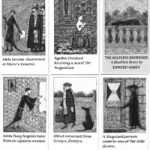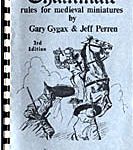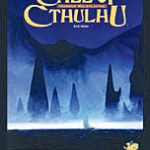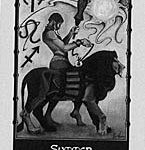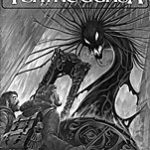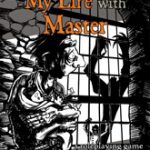2008
James Wallis uses genre as the fulcrum for balancing game rules and narrative structure in story-telling games, which he differentiates from RPGs through their emphasis on the creation of narrative over character development.
Will Hindmarch contests Greg Costikyan's challenge to the idea that "games have something to do with stories" by contending that "storytelling games reconcile the theoretically antithetical relationship between their two halves - story and game."
2007
Jeff Tidball contends that the Second Person collection deals too much with the mechanics of narrative and too little with the emotion it can evoke.
Pat Harrigan and Noah Wardrip-Fruin justify their focus on the experience of play over theory in their assemblage of the essays by game designers, players, and critics featured in Second Person - the book.
Greg Costikyan revisits the narrative versus game-play debate that continues to be a staple of both Game Studies and Game Design. He presents a spectrum that ranges from game-focused forms to narrative-centric models, and suggests that free-form role-playing may be the most desireable marriage of narrative and game-play.
Erik Mona takes a first step toward measuring the cultural impact of Gygax and Arneson's Dungeons & Dragons by providing a pocket history of the game's generation and evolution. Mona explains the addition of character development as a game goal - the innovation that distinguishes D&D from its predecessors, and started the role-playing revolution.
Kenneth Hite argues that the long-running, H.P. Lovecraft-inspired Call of Cthulhu franchise differs from traditional tabletop role-playing in its focus on suspense rather than character growth. Hite's analysis suggests that in its origins and emphasis on narrative structure Cthulhu is a highly literary game.
Van Leavenworth, in his response to Hite, delves more deeply into Cthulhu's literariness, in particular the "large adventure book 'footprint'" of the series. He contends that the Lovecraft mythos provides a framework for the generation of narratives that - unlike many RPG stories - hold up beyond the game-play session.
David Alger responds to Herber by disagreeing with the latter's claim that narrative trumps game-play in the Cthulhu "Haunted House" scenario, stressing that even the most narratively driven games still must be playable in order to be games.
Jonathan Tweet explains how, unlike highly narratively structured games such as The Call of Cthulhu, the free-form, character-focused Everway includes a matrix that allows for the creation of coherent characters and productively constrains the otherwise open-ended game-play.
Keith Herber discusses how in his "Haunted House" scenario for Call of Cthulhu, characters are driven insane by their attempt to unravel the game's mysteries. Herber's explanation distinguishes his work from many other role-playing games in which the goal is to develop characters and acquire power and/or wealth. In contrast, characters in Herber's scenario are rewarded with mental instability.
Paul Czege explains that he aimed for My Life with Master to be an engine for story creation rather than just another variation on the traditional role-playing game system.
2005
Scott Rettberg, responding to "The Pixel/The Line" (section 4 of First Person) wonders whether electronic writing isn't evolving into a subspecies of electronic art, one that uses words as material, 'just as sculptors use clay.'
Now that the First Person essay collection is complete and the case has been made for computer games as a form of narrative, Brian Kim Stefans asks the fundamental questions - concerning what can be read as literature, and what really cannot.
"Playing with play," John Cayley sets ludology on an even playing field with literature, but without literary scholarship's over-reliance on 'story,' 'closure,' and 'pleasure.'
The reader steps to the fore in the final section of First Person, reconfigured and ready for interaction.
Reading subjectivity into the software interface, N. Katherine Hayles offers a compelling case for computational authorship.
Jill Walker's encounter with a participatory, and vaguely sinister, online narrative.
Which alias best fits interactive fiction? The nominees are: "Story," "Game," "Storygame," "Novel," "World," "Literature," "Puzzle," "Problem," "Riddle," and "Machine." Read, and decide.
The subject of conversation enters the conversation that is First Person, here in section seven.
